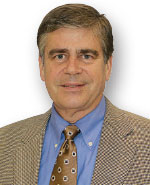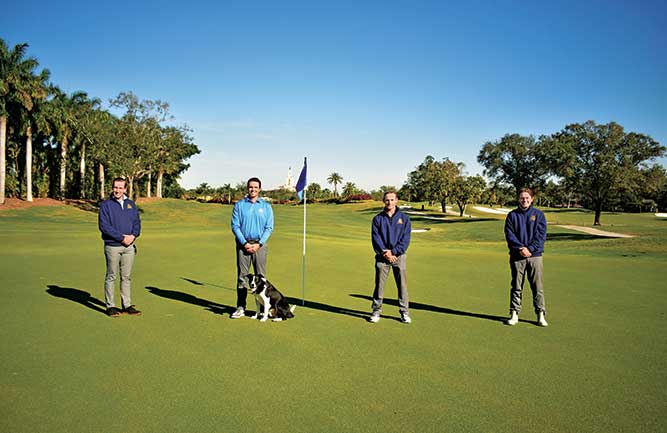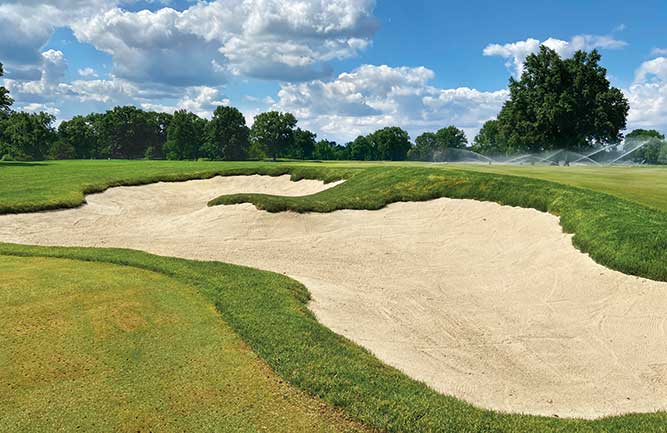The Golfer’s Creed

Karl Danneberger, Ph.D.
Simply stated, golf is defined as a game where a small, hard ball is struck with instruments known as clubs into a set of small holes in the ground that are spread across an expanse of land. The rules of golf were first written in 1744 by the gentlemen golfers of Edinburgh, Scotland, and totaled 13. The sterile definition of the pastime and the rules of golf do not capture the essence of the game. More than 100 years ago, David Robert Forgan spoke about golf in a fashion that became known as the Golfer’s Creed.
Forgan’s father, Robert Forgan, was a master golf club maker in St. Andrews and the nephew and apprentice of Hugh Philip, the official club maker in St. Andrews. As an apprentice, he was the first, or one of the first, to import hickory to make golf club shafts. Forgan went on to establish a highly successful club-making company.
David Robert Forgan developed an interest in banking and rose rapidly in that industry. In 1896, he became vice president of the Union National Bank in Chicago. Throughout his banking career, Forgan remained an accomplished golfer, winning the inaugural 1899 Western Amateur Golf Championship at Glenview Country Club.
David Robert Forgan was a popular dinner speaker, often providing insight into banking. It was in 1899, while giving an awards speech at the Chicago Golf Club, that he spoke of the Golfer’s Creed, which to this day has not been forgotten.
The creed begins, “Golf is a science, the study of a lifetime, in which you may exhaust yourself, but never your subject.” It also describes golf as a “test of temper, a trial of honor, a revealer of character,” a game for social intercourse and an opportunity to show kindness and generosity to an opponent… and a moral force.
It’s what the creed does not say that I find interesting. There is no mention of the quality of turf needed and no mention that the game must be played on grass. Nor is there any mention of the type of golf clubs or how long a golf course needs to be. More importantly, it does not mention how good a player needs to be; no mention of handicap, or gender, race or social status of a golfer.
The Golfer’s Creed is the definition of what golf is, and why over the generations it has remained the game it is. You need look no further than the amateur/professional players who have represented the game, from Bobby Jones, Arnold Palmer and Jack Nicklaus, to the newest of the stars who honor the game in the spirit of the Golfer’s Creed.
Currently gaining popularity in university communities is contemplation of the role of citizenship among faculty and students — another sort of creed. This discussion focuses on classroom interaction and conduct on campus. And expectations are not a one-way street; a professor also must demonstrate good professional and personal citizenship.
My efforts to highlight citizenship in the classroom have focused on the Golfer’s Creed. For example, one section of my class syllabus states the university student code of conduct. I speak to how the Golfer’s Creed relates to the code and how students should handle themselves in my class, and in turn how I should interact with students.
We are fortunate to work in the golf industry and around a game whose definition is grounded in this creed. In visiting golf courses and in playing the game, I rarely have seen the Golfer’s Creed posted where grounds or clubhouse staff would see it — but it should be. It’s a nice reminder of why we are fortunate to be associated with the game, and in a broader sense, how we should act as human beings.
Karl Danneberger, Ph.D., Golfdom’s science editor and a professor at The Ohio State University, can be reached at danneberger.1@osu.edu.










